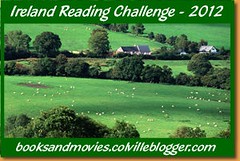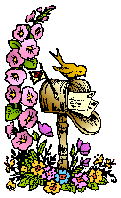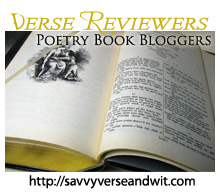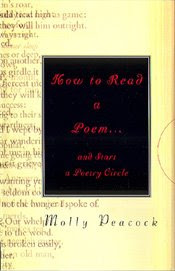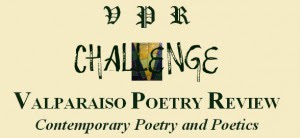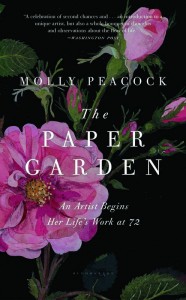
I hope you have a chance to read the review and to read this interview with the author about writing, Mary Delany, and the Virtual Poetry Circle.
Without further ado, here’s the interview with Molly Peacock:
The Paper Garden is a biography of an older woman, Mary Delany, embarking on an artistic journey late in her life. What about her story grabbed your attention and how has it inspired you or helped you to re-examine your own life?
Mrs. Delany’s work inspired me since I first saw it in 1986; the cut paper flowers are so magnificent! But it was really that she invented an art form at the age of 72 that got to me. I was 39 and establishing myself as an artist. Later, in 2003, I discovered more about Mrs. Delany’s life that inspired me. She had a marvelous mid-life marriage where she found herself branching out into many arts; it helped me understand how much my own marriage has influenced my own branching out from poetry to prose.
Could you explain a little bit about the differences between writing poetry, memoir, biography, and prose? How are they the same?
A lyric poem funnels down to an instant of revelation; it is almost as if the poem stops time, that the only dimension in a lyric poem is space. In that way, it’s like a painting. But prose unfolds in time; and time contains both obstacles and revelations. Prose develops, the way characters and situations do. It requires a flow. A poem is an instant, lightning across the sky. Prose is before the storm, the storm, after the storm.
I first read your book How to Read a Poem in 2009, and it inspired me (ever since) to begin the Virtual Poetry Circle in which I post a poem each Saturday of the week for readers to read, enjoy, and offer up their impressions. Have you engaged in poetry circles on a consistent basis and/or have you had any feedback from others who have taken up with a poetry circle? Any further advice for Virtual Poetry Circle participants about reading and discussing poems?
Thank you for creating The Virtual Poetry Circle! My advice is to incorporate a mix of poems, some golden oldies like “Ozymandias” by Shelley; some translations, like “The Word Exchange” edited by Michael Matto and Greg Delanty, with Anglo Saxon poems; some forms of poetry, like “Villanelles,” a new anthology edited by Annie Finch; some ancient poems like “Greek Lyric Poetry” translated by Sherod Santos; and some younger poets like Beth Ann Fennelly and A.E. Stallings.
I think it’s always great when participants focus on specific language, rather than generalizing. When a poem gives you a certain feeling, you can try to locate the exact words, or sounds, or rhythm, or syntax that prompted it. Looking for the specific moment in the poem that prompted your feeling often leads to further revelation.

How about 11 words? A woman writer fascinated by inner life and the real world.
Finally, as a poet and a writer, do you feel that despite The Paper Garden‘s deeply personal connections that it should reach a wider audience? Do you think writing in general should bring about social activism, like the poets of the Split This Rock Poetry Festival?
I am so gratified that The Paper Garden has reached a large audience! Gardeners, artists, people facing late-life challenges, people who’ve always felt they had a special imaginative spurt inside them, history buffs, romantics of all ages, young and old creative people have all been drawn to the story of Mrs. Delany. She’s a force!
I think writing unexpectedly brings about social activism. Writing has to be internal first. But bringing the inner life to the greater public can spark oceanic changes.
Thanks, Molly, for answering my questions.

